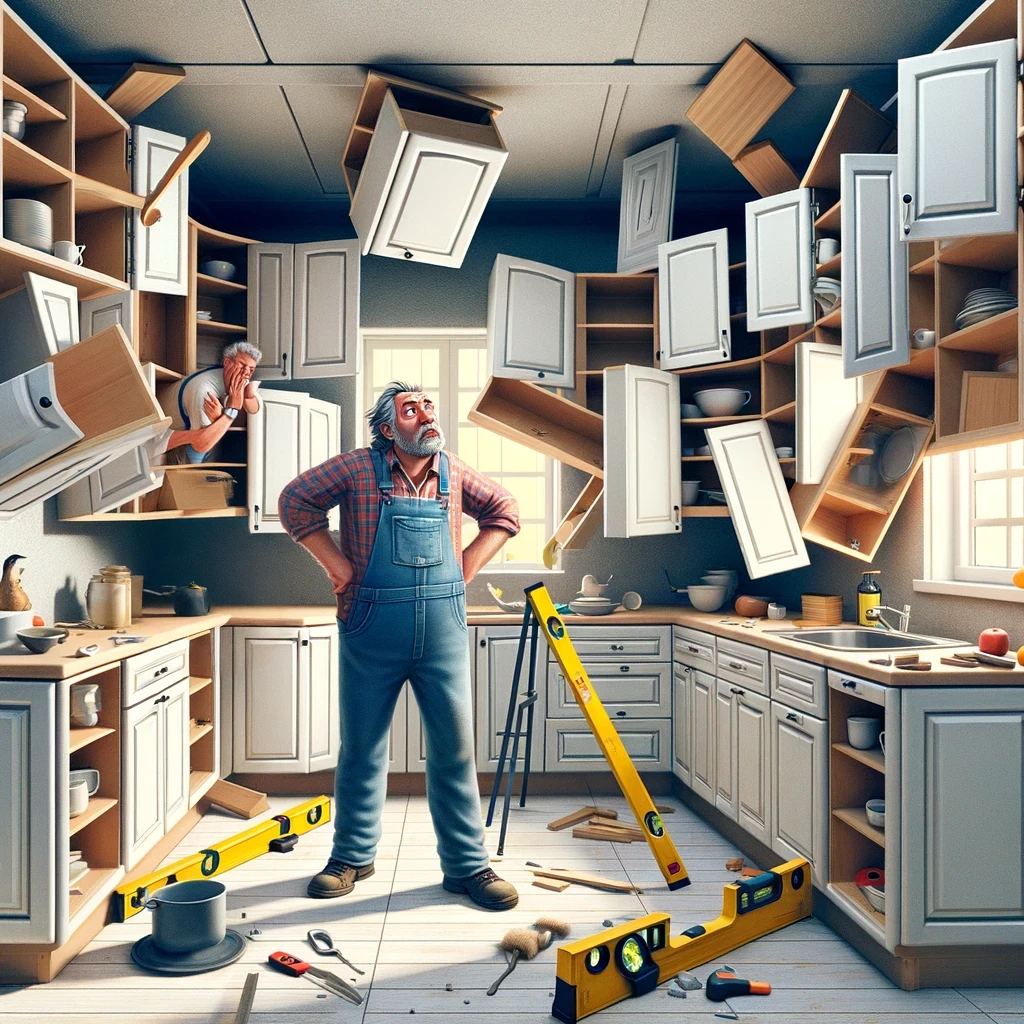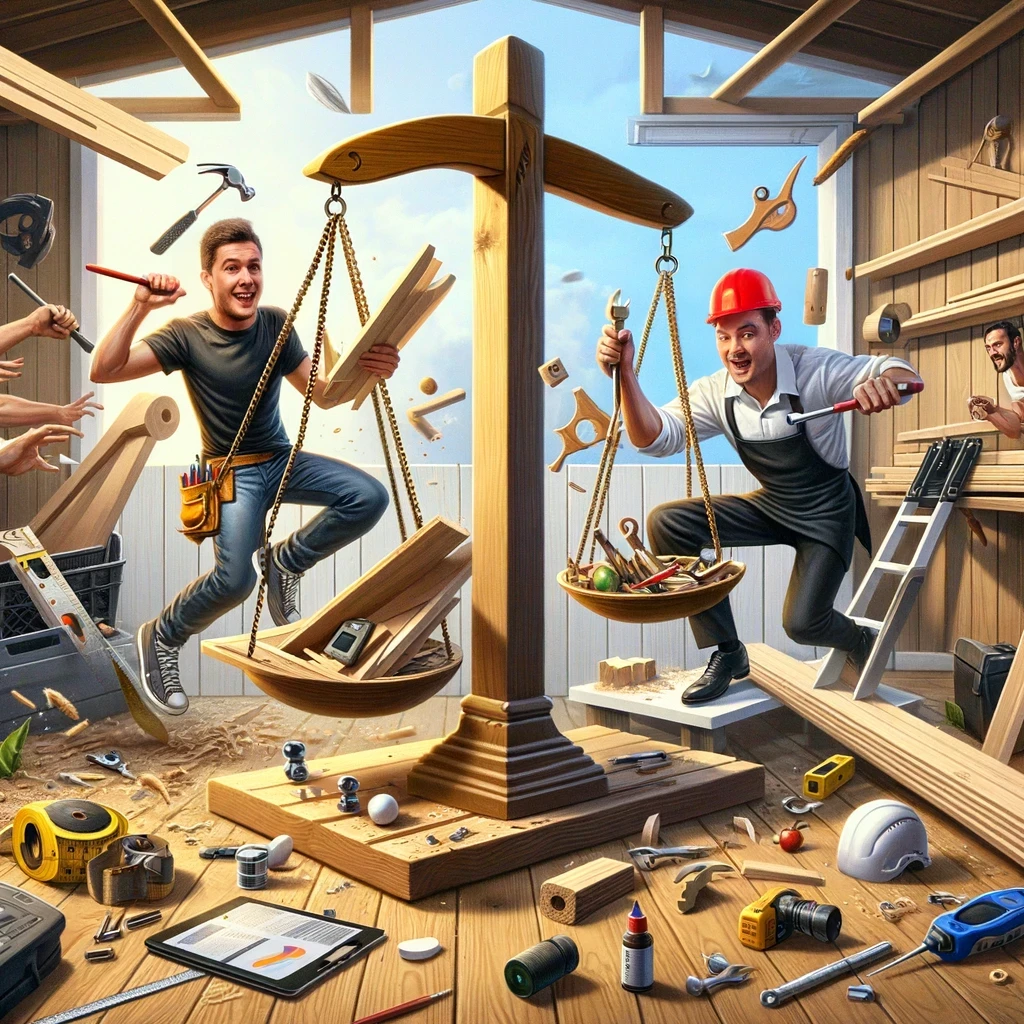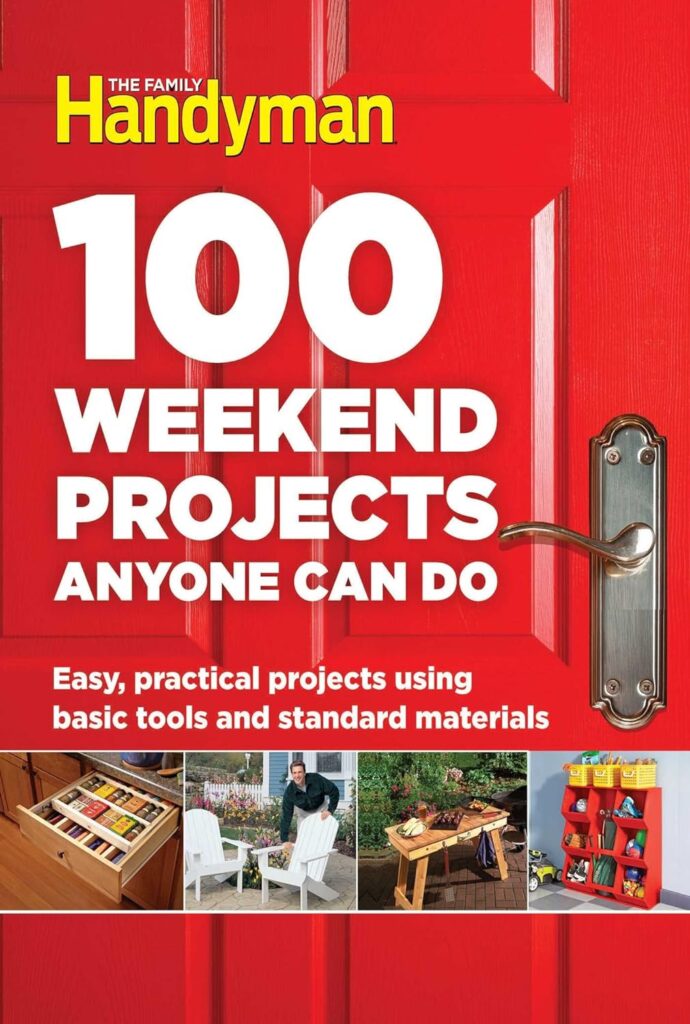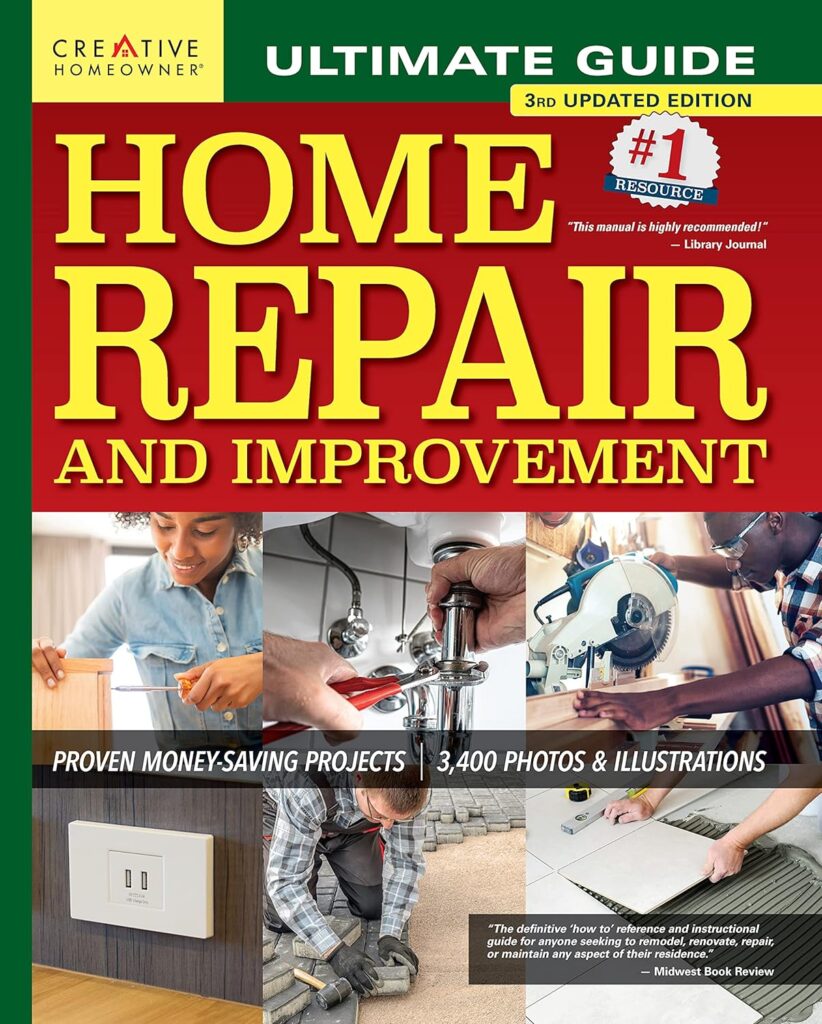As someone who’s spent more than a decade dancing with sawdust and romancing lumber on construction sites, I’ve seen my fair share of DIY triumphs and tragedies. And let me tell you, when it comes to carpentry, the line between “I nailed it!” and “I need bail money” can be thinner than a veneer. So, buckle up as I, your seasoned (and occasionally humorous) professional finish carpenter, walk you through the rugged terrain of DIY vs. professional carpentry services.

The Romance of DIY Carpentry
First off, DIY carpentry has a certain romance to it, doesn’t it? It’s like crafting your love letter to your home. You pour your sweat, occasionally a tear or two (hopefully not blood – safety first, folks), and a whole lot of passion into creating something with your own two hands. The pride in telling your guests, “Yeah, I built that coffee table,” is akin to a chef presenting their masterpiece dish.
But here’s the thing: DIY projects are not just about saving money. They’re about learning new skills, unleashing creativity, and sometimes, just having an excuse to buy more tools (not that I need one). Yet, they require time, patience, and a willingness to embrace the learning curve – which often looks more like a roller coaster designed by a mad scientist.
I remember a DIY enthusiast, let’s call him Bob, who decided to install his own kitchen cabinets. Bob was ambitious, armed with a spirit level, a YouTube tutorial, and a dream. Fast forward two weeks: Bob’s kitchen looked like a scene from a home renovation horror movie. Cabinets hung like abstract art, doors refused to meet their frames, and Bob’s spirit level had filed for a restraining order against him.

The Artistry of Professional Carpentry
Enter the realm of professional carpentry services. This is where years of experience, precision tools, and a keen eye for detail come into play. Hiring a professional means tapping into a wealth of knowledge that can only be acquired through years of on-the-job learning and thousands of splinters.
Professionals can foresee and navigate through potential pitfalls that would trap unsuspecting DIYers. Ever tried to hang a door? It sounds simple until you’re left with a door that prefers the life of a swing. Professionals ensure that the only swinging doors are the ones leading to a cowboy saloon.
Moreover, professional services come with warranties and guarantees. If something goes awry, you’re covered. It’s like having a safety net, ensuring that your project won’t plummet into the abyss of “I thought I could do it myself.”

The Costs: Financial and Otherwise
Ah, the elephant in the room – cost. DIY projects tend to be more wallet-friendly, at least at the outset. However, the true cost of DIY includes not just materials but also time, potential do-overs, and the occasional emergency room visit (remember, safety first).
Professional services, while initially pricier, come with the peace of mind that the job will be done right the first time. Plus, the value of your time should not be underestimated. While a professional is turning your vision into reality, you could be doing what you love – even if that means starting another, less ambitious DIY project.
Considerations Before Choosing Your Path
1. Skill Level: Be honest with yourself. If you’ve never held a hammer, maybe don’t start with rebuilding your deck.
2. Time: DIY projects often take longer than expected. Professionals can get the job done quicker, allowing you to enjoy your weekends.
3. Complexity: Some projects are more forgiving. Painting a room? Go wild. Structural changes? Call the pros.
4. Tools: Professional carpenters come with their own tools, some of which are so specialized, they look like they belong in a sci-fi movie.

Wrapping It Up
To DIY or not to DIY, that is the question. And the answer? It depends. It depends on your skills, your budget, your timeline, and the complexity of the project. Whether you choose the path of DIY or decide to hire a professional, remember: carpentry is an art, a craft, and sometimes, a comedy of errors.
So, the next time you’re contemplating a DIY carpentry project, think of Bob and his abstract kitchen. Then, assess, plan, and proceed with caution – or a professional. And remember, whether you’re wielding a chisel or dialing a carpenter, you’re contributing to the story of your home. Make it a good one.
From the sawdust-covered floors of job sites to the neatly finished interiors we help create, my journey in carpentry has taught me that whether through DIY projects or professional endeavors, the beauty of carpentry lies in transforming raw materials into pieces that tell a story. Your story. Choose wisely, have fun, and always, always keep a first aid kit handy.
Jack


